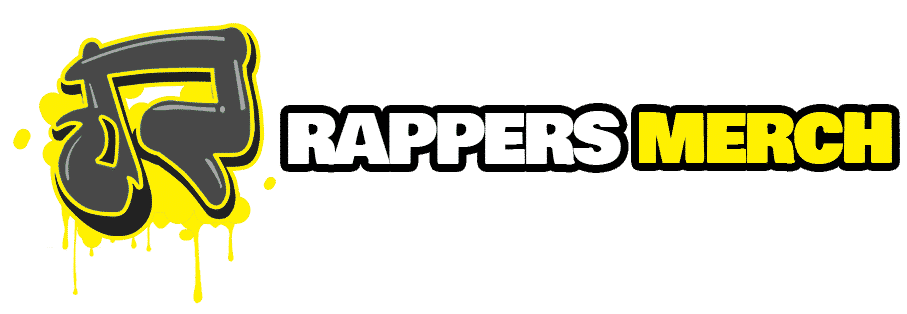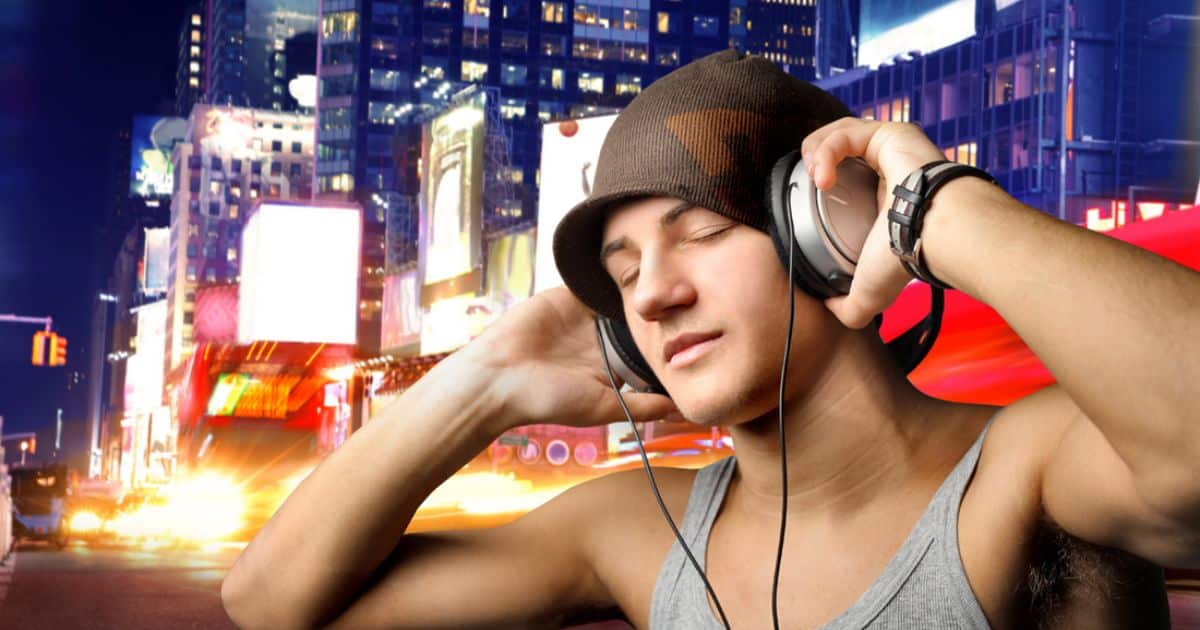In the world of hip-hop, the power of words and rhythm takes center stage. But what if there was another element that could enhance the performance even further? Enter guided imagery and visualization techniques. These tools have long been used in various fields, such as sports and therapy, to help individuals tap into their potential and achieve their goals. Now, hip-hop artists are embracing these techniques to elevate their performances to new heights. By harnessing the power of visualization, artists can create a deeper connection with their audience, enhance their stage presence, and deliver a truly unforgettable experience. In this article, we will explore how guided imagery influences hip-hop performances, the science behind it, and how artists can incorporate these techniques to take their craft to the next level. So, get ready to dive into the world of guided imagery and witness how it transforms the hip-hop landscape.
Understanding guided imagery and visualization techniques
Guided imagery is a powerful technique that involves using the imagination to create detailed mental images that evoke specific emotions and sensations. Visual storytelling takes on new dimensions when you seamlessly convert a series of still images into a compelling narrative through the magic of image to video transformation techniques. It is often used in therapy and meditation to promote relaxation, reduce stress, and enhance well-being. Visualization, on the other hand, is a process of creating mental images of desired outcomes or experiences. By combining these two techniques, hip-hop artists can tap into their creative potential and bring their performances to life.
Guided imagery and visualization techniques work by engaging the mind and body in a process that is similar to actually experiencing the desired outcome. When an artist visualizes themselves on stage, delivering a powerful performance, their brain and body respond as if it were real. This helps to build confidence, reduce anxiety, and improve overall performance. By mentally rehearsing their performance, artists can also anticipate challenges and develop strategies to overcome them, leading to a more polished and impactful delivery.
Using guided imagery and visualization techniques in hip-hop performances requires practice and intentionality. Artists must learn to create vivid mental images that engage all the senses. They must visualize themselves confidently commanding the stage, connecting with the audience, and delivering their lyrics with passion and precision. With consistent practice, these techniques become second nature and artists can effortlessly tap into their creative flow on stage.
The power of visualization in hip-hop performances
Visualization is a powerful tool that can greatly enhance hip-hop performances. When artists visualize themselves delivering a flawless performance, their brain sends signals to their body, activating the same neural pathways and muscles that would be used during an actual performance. This leads to improved muscle memory, coordination, and overall performance.
Moreover, visualization helps artists to develop a strong mental connection with their audience. By imagining themselves connecting with the crowd, artists can cultivate an authentic and engaging stage presence. This allows them to establish a deep emotional connection with their listeners and create an unforgettable experience.
Visualization also plays a crucial role in enhancing creativity and improvisation in hip-hop performances. By visualizing themselves in different scenarios and experimenting with various styles and techniques, artists can expand their artistic range and push the boundaries of their creativity. This ability to think outside the box and adapt to different situations is what sets great hip-hop artists apart from the rest.
Scientific research on the impact of guided imagery on performance
Scientific research has shed light on the powerful impact of guided imagery on performance across various domains, including sports, music, and public speaking. Studies have shown that the brain cannot differentiate between a vividly imagined experience and a real one. When an individual visualizes themselves performing a specific task, the same neural pathways are activated as when they physically engage in that task. This phenomenon, known as “mental practice,” has been shown to improve performance and skill acquisition.
In a study conducted by Dr. Alan Richardson, basketball players were divided into three groups: one group practiced shooting free throws, the second group only visualized themselves shooting free throws, and the third group did no practice at all. The results showed that the group that only visualized shooting free throws improved just as much as the group that physically practiced. This study demonstrates the power of guided imagery in enhancing performance.
Similar research has been conducted on musicians, showing that mental rehearsal can improve technical skills, musical expression, and overall performance. When musicians visualize themselves playing their instruments, their brain sends signals to their muscles, improving coordination and muscle memory. This leads to more accurate and expressive performances.
How visualization techniques are used by hip-hop artists
Hip-hop artists are using visualization techniques in a variety of ways to enhance their performances. One common technique is visualizing themselves delivering their lyrics with confidence and precision. By mentally rehearsing their performances, artists can eliminate self-doubt and build a strong sense of self-belief. This allows them to deliver their lyrics with conviction and authenticity, captivating their audience and leaving a lasting impression.
Another visualization technique used by hip-hop artists is imagining themselves connecting with the audience on an emotional level. By visualizing the energy and enthusiasm of the crowd, artists can tap into that collective energy and deliver a performance that resonates with their listeners. This helps to create a sense of unity and shared experience, making the performance more memorable and impactful.
Furthermore, visualization is also used to overcome performance anxiety and stage fright. By visualizing themselves confidently commanding the stage and engaging the audience, artists can reduce anxiety and perform at their best. This technique helps to shift the focus from fear to excitement, allowing artists to channel their nervous energy into a powerful and captivating performance.
Incorporating guided imagery into the creative process
Guided imagery can also be incorporated into the creative process of hip-hop artists. By visualizing their desired outcomes and experiences, artists can set clear goals and intentions for their performances. This helps to align their creative vision with their actions, leading to more focused and purposeful performances.
In addition, visualization can be used to overcome creative blocks and inspire new ideas. By visualizing themselves in different artistic scenarios and experimenting with various styles and techniques, artists can break free from creative constraints and explore new avenues of expression. This allows them to constantly evolve and push the boundaries of their artistry.
To incorporate guided imagery into the creative process, artists can set aside dedicated time for visualization practice. This can involve finding a quiet space, closing their eyes, and mentally rehearsing their performances or envisioning their creative goals. They can also use visualization exercises or guided meditations specifically designed for artists to enhance their visualization skills and cultivate a focused and creative mindset.
Tips for effective visualization in hip-hop performances
To make the most out of guided imagery and visualization techniques in hip-hop performances, artists can follow these tips:
- Create vivid mental images: Engage all the senses and make the mental images as detailed and realistic as possible. Imagine the stage, the audience, the lighting, and the energy of the crowd.
- Practice regularly: Visualization is a skill that improves with practice. Set aside dedicated time each day to visualize your performances and creative goals.
- Embrace emotions: Visualize not only the technical aspects of your performance but also the emotions and feelings associated with it. Imagine the excitement, joy, and passion that you want to convey to your audience.
- Stay focused: During visualization practice, try to maintain a focused and relaxed state of mind. Minimize distractions and fully immerse yourself in the mental images you are creating.
- Combine visualization with physical practice: While visualization is powerful on its own, combining it with physical practice can lead to even greater improvement. Use visualization as a complement to your regular rehearsal routine.
Case studies of successful hip-hop artists using guided imagery
Many successful hip-hop artists have embraced guided imagery and visualization techniques to enhance their performances. One notable example is Jay-Z, who is known for his confident stage presence and powerful delivery. Jay-Z has spoken about the importance of visualization in his creative process, stating that he mentally rehearses his performances and visualizes himself connecting with the audience before going on stage. This practice has undoubtedly contributed to his success as a performer.
Another example is Kendrick Lamar, who is celebrated for his thought-provoking lyrics and captivating performances. Kendrick Lamar has used visualization techniques to overcome stage fright and deliver powerful performances. He has spoken about visualizing himself confidently commanding the stage and engaging the audience, allowing him to perform at his best.
These case studies highlight the impact of guided imagery and visualization techniques in the success of hip-hop artists. By incorporating these techniques into their creative process, artists can elevate their performances and leave a lasting impression on their audience.
Resources and tools for practicing guided imagery in hip-hop
There are various resources and tools available to hip-hop artists who want to incorporate guided imagery into their practices. One popular tool is guided meditation apps, such as Headspace or Calm, which offer guided visualization exercises specifically designed to enhance performance and creativity.
In addition, artists can explore visualization exercises and techniques used in sports psychology. Many athletes use visualization to improve their performance, and these techniques can be adapted to the hip-hop context. Guided imagery scripts, Books, online courses, and workshops on sports visualization can provide valuable insights and practical exercises that artists can apply to their own practice.
Moreover, collaborating with a performance coach or therapist who specializes in guided imagery can be highly beneficial. These professionals can provide personalized guidance and feedback to help artists develop their visualization skills and integrate them into their performances.
The future of guided imagery in hip-hop
As the power of guided imagery and visualization techniques becomes more recognized and understood, their role in hip-hop performances is likely to continue to grow. Artists are increasingly incorporating these techniques into their creative process, and the results are evident in the performances they deliver.
In the future, we can expect to see more collaboration between hip-hop artists and performance coaches or therapists who specialize in guided imagery. This collaboration will help artists refine their visualization skills and develop new techniques to enhance their performances.
Furthermore, advancements in virtual reality technology may open up new possibilities for guided imagery in hip-hop performances. Artists could use virtual reality to create immersive experiences that allow them to interact with their mental images in a more tangible way. This could revolutionize the way hip-hop performances are conceived and delivered, creating truly unforgettable and transformative experiences for both the artist and the audience.
Conclusion
Guided imagery and visualization techniques have the power to transform hip-hop performances. By harnessing the creative potential of the mind, artists can create a deeper connection with their audience, enhance their stage presence, and deliver performances that leave a lasting impression. Through consistent practice and intentional visualization, hip-hop artists can tap into their full potential, push the boundaries of their creativity, and elevate their craft to new heights. So, whether you are an aspiring hip-hop artist or a fan of the genre, embrace the power of guided imagery and witness its transformative impact on the hip-hop landscape.

